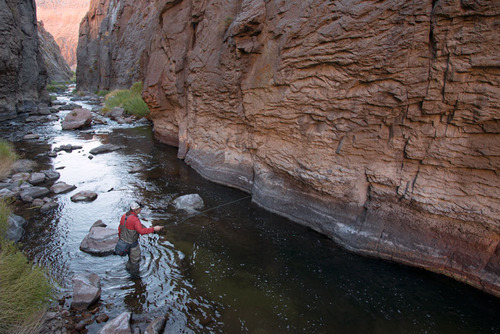
Jim Stimson, Jim Stimson Fly Fishing
Hot August Nights
As we turn the corner on August, there are signs that autumn is upon us. The sun is lower on the horizon, the shadows grow longer, and the aspens on the high slopes are starting to turn. This has been a tough summer for the local streams and rivers. With year three of a severe drought raging in California, we look forward with crossed fingers for a “normal” winter. Some of my favorite waters to fish are teetering with the possibility of late summer fish kills, the East Walker in particular. The Bridgeport Reservoir normally sends down copious amounts of cold water and the large population of brown and rainbow trout thrive. This season however, the reservoir is a mere pond. Warm water trickles into the East Walker now …. the fish are surviving, but barely. One of the most useful tools you can carry with you in the Eastern Sierra is a thermometer. If you fish the East Walker, get there early, really early. The water temperatures are usually in the upper 60’s in the morning, however, as the day warms up, so does the water. About lunch time, you will notice the water isn’t as “grabby” as before. Pull out your thermometer and plop it into the water. Hmmm…. now the water is in the low 70’s. If you do hook a fish, notice how they are desperately gasping for oxygen. Upon release, they swim away slowly, OR, they take a long time to recover, if at all. Well now…. perhaps you shouldn’t be fishing at all. Why? Because the mortality rates start climbing as the water temperatures rise. All I’m saying is fish with some responsibility and ethics. Educate yourselves, pick a stream that give the fish a chance.
The Upper and Lower Owens River systems are healthy and are fishing well. Personally, I would avoid the East Walker for the rest of the season or until the temperatures start freezing at night. Hot Creek, in spite of low, weed choked water (sounds inviting, right?), fishes well early and late as the fish look skyward for caddis. Tie on a small stimmy and trail a cdc caddis off the hook bend. Look for the deeper buckets for holding fish, but that said, if you can carefully place a cast within the lanes between the weeds. Whack! Try really short drifts. With any of these streams, the water temperatures are higher. Expect to find trout hanging in the tail-outs after riffles. This turbulent water provides not only the food pipe for fish, but oxygen. ‘Nuff said, I’ll step down from the pulpit. Get out there, have a great time, fish with some compassion, and perhaps hit some of the high lakes in the backcountry. Let’s hope for a big winter.
Hot Creek: It is fishable, in spite of the skinny, weed choked water. A dry dropper combo worked well, placed in the lanes between the weed banks. Try a stimulator with a Hot Creek Caddis tied off the hook bend. And believe it or not, streamers were working well too. Look for the deeper buckets and let the streamer swing through the holes. Use floating line to keep your bugs from sinking too deep. Black wooly buggers with a tan Bird’s Nest tied off the bend were getting crushed.
Upper Owens River: The flows are meandering along at 55 cfs, a mere semblance of what it should be. The river is skinny but there are plenty of fish stacked in the deeper pools at the tailouts. If you can hook into one rainbow, with persistence, you will most likely get a few more grabs. Keep grinding away, they’re in there. Again, look for deeper pools, tailouts, and undercut banks to find the trout. With the lower flows, try approaching these areas with a little more stealth. That means walking quietly along the river banks, approaching the fish from below, and keep the splashing down to a minimum. The trout are “edgy” now with the boney water. But they still need to eat. Fish accordingly. Nymphing will be the most successful for the bigger fish. Pheasant tail, caddis worms, hare’s ears, zebra midges, WD’s, all work well.
Lower Owens River: The fishing down by Bishop is picking up again. The flows have been jacked up to over 300 cfs. I think the trout are liking the cooler water and the current flowing across their scales. The afternoon temperatures are getting into the low 90’s. Wet wading is the way to go. The warmer temps bring out the caddis and stoneflies along with aggressive takes. The river tends to fish best in the mornings and early afternoons with a progression of midges, tricos, then mayflies. The later afternoons become a grind as the trout seem to take their siestas and are not interested in anything you can throw at them. Look for trout to rise in quiet backwaters and river margins in the evenings. Elk hair caddis and Stimulators work well if you can get a good drift. For indicator nymphing, yellow sallys with bright green caddis worms dropped off the hook bend have been killin’ it. Finding the right depth and drift is the key. Vary your depth with your indicator and split shot. With the rise in water temperatures, the trout are favoring the shallower, riffled water. They need the cooler, oxygenated water. Try a dry-dropper setup such as a hopper-caddis dropper.
San Joaquin River: The flows are at about 25 cfs, about the same as a low flow toilet, kidding. Try fishing lower on the river, like the Rainbow Falls area. There are side creeks coming out of the backcountry that add to the amount of water heading downstream. Attractor patterns work very well. The fish are looking up, go huck some dries with droppers.
East Walker: The river is steady at 65 cfs, not the best flows for this stream. And, with the Bridgeport Reservoir getting lower and lower, it will be interesting to see if there will be a trout die-off later this summer. Unlike most tailwaters, the East Walker is being fed with water high in the water column; warm, tepid water. Most dams release water from the bottom which is cold. Combine this with high summer temperatures, the trout cannot get enough oxygen. The bottom line is, if you insist on fishing in these conditions, be aware, the mortality rates start sky rocketing. Give these poor trout a break. Don’t fish at all or hit the river early in the morning.
The Backcountry: Grab your daypack, snacks, plenty of water and sunscreen and head to the high country. If you know where to go, and I’m not going to spill any secrets or post GPS coordinates, you can catch anything from cutthroats to golden trout, rainbows to brookies. Some lakes require a massive effort, others are a quick jaunt up the trail. No pain, no gain. Most importantly, get out there, explore, enjoy it.
Read more
Fishing The Lost Coast : Shelter Cove, California A buddy of mine, Doug Deroy, and I shot up to Shelter Cove to do a little Albacore and Salmon fishing. Neither cooperated, however we had a banner...
Steve Santucci, Steve Santucci Guid Service Delta Smallies are off the hook. Good top water bite for Largemouth Bass. Striper action is heating up with some good fish being taken.



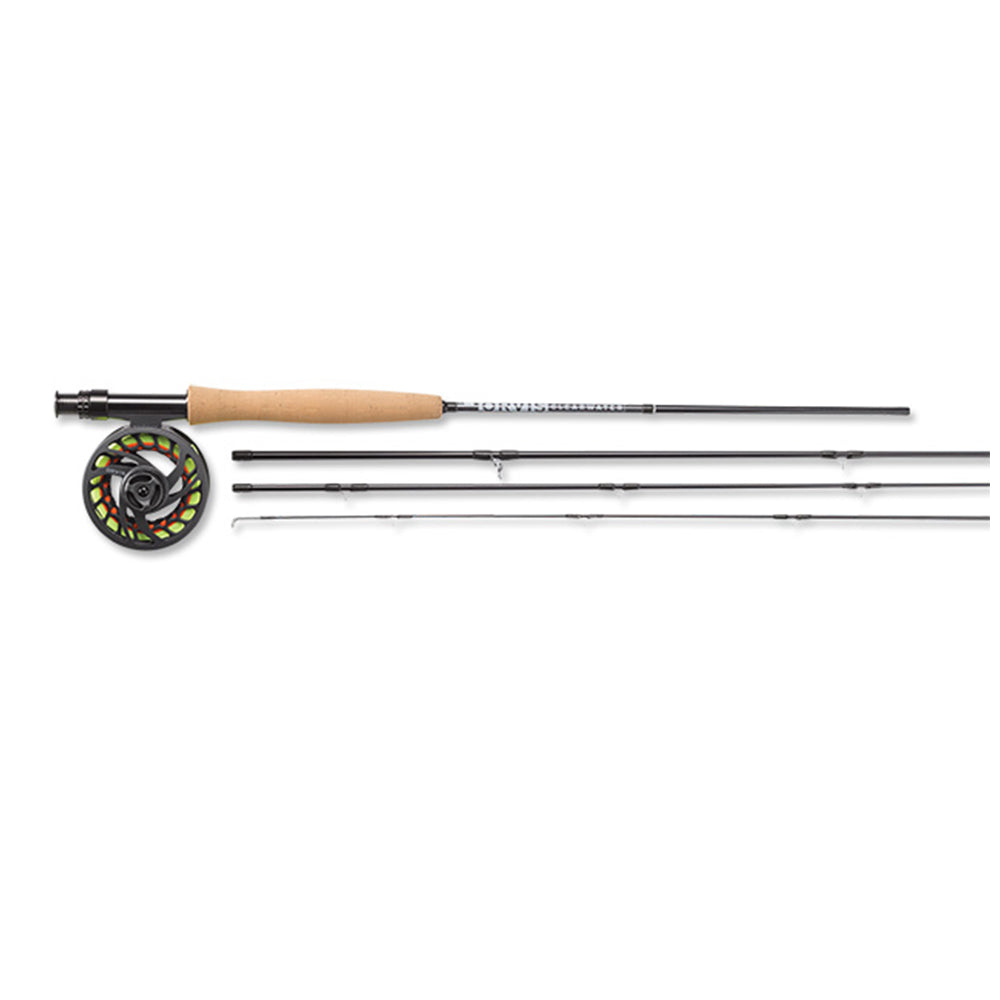





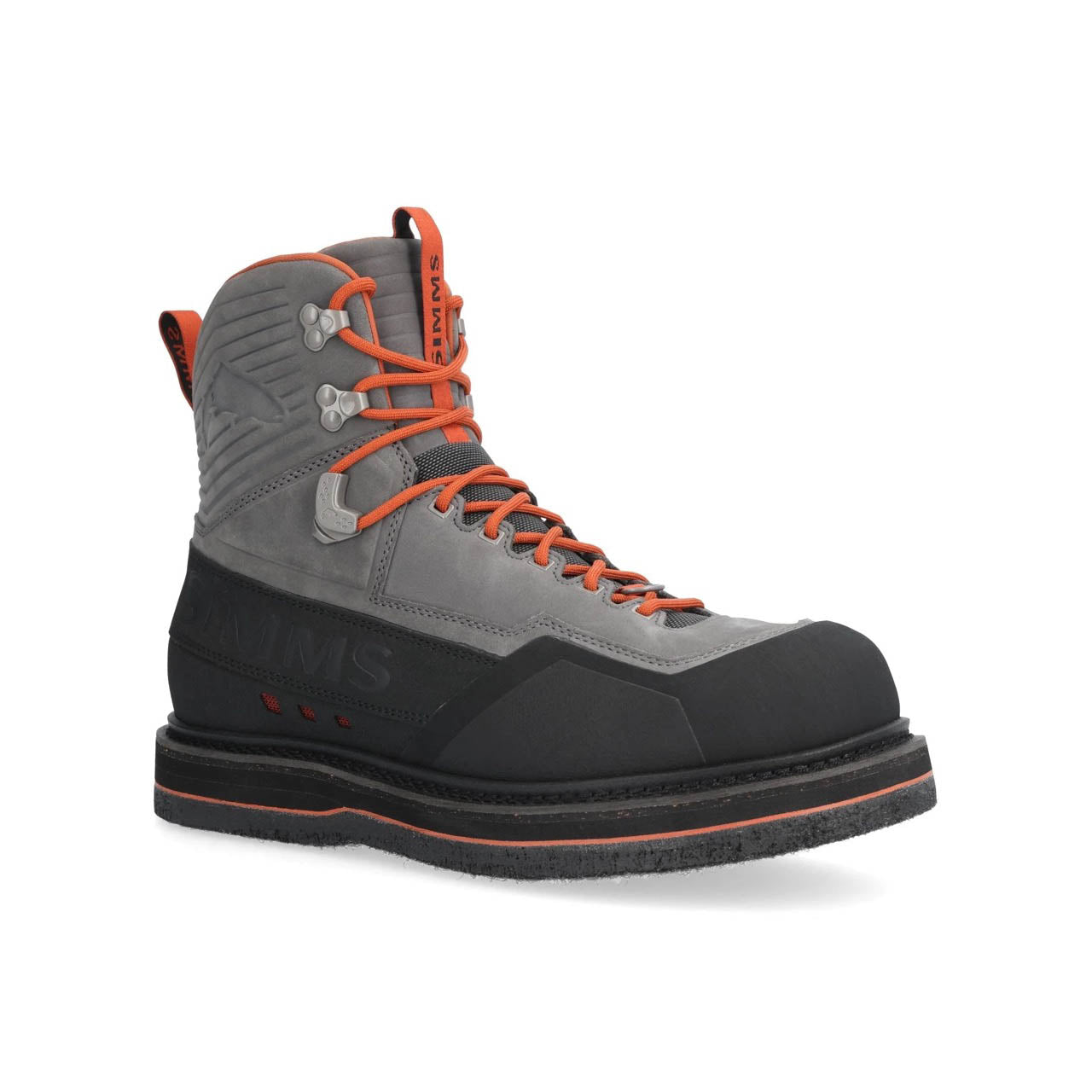








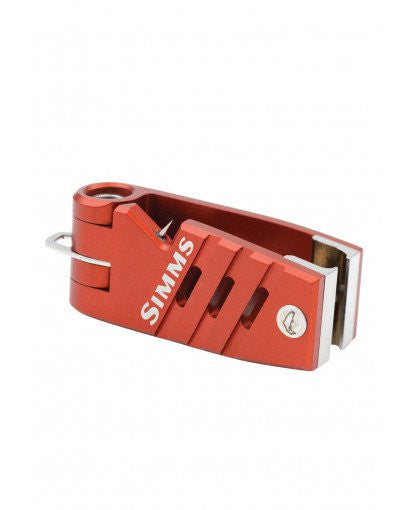
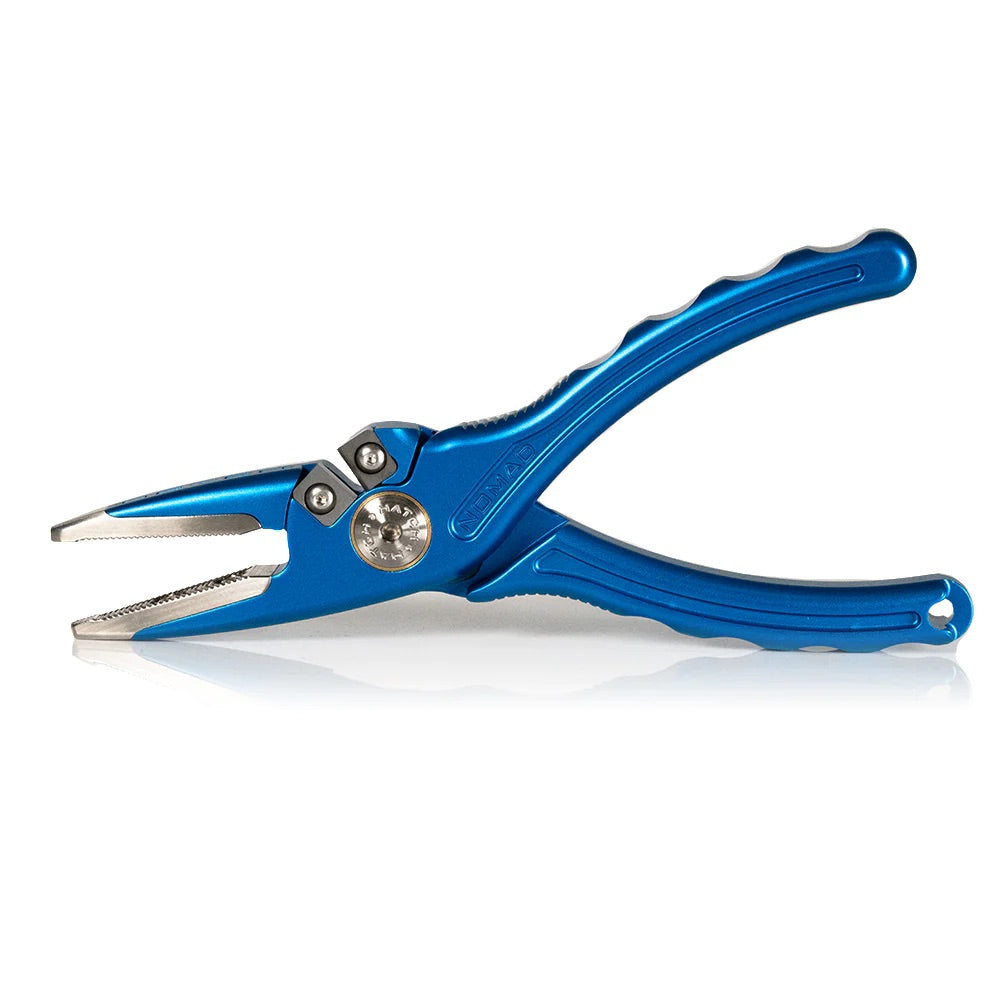







Leave a comment
All comments are moderated before being published.
This site is protected by hCaptcha and the hCaptcha Privacy Policy and Terms of Service apply.